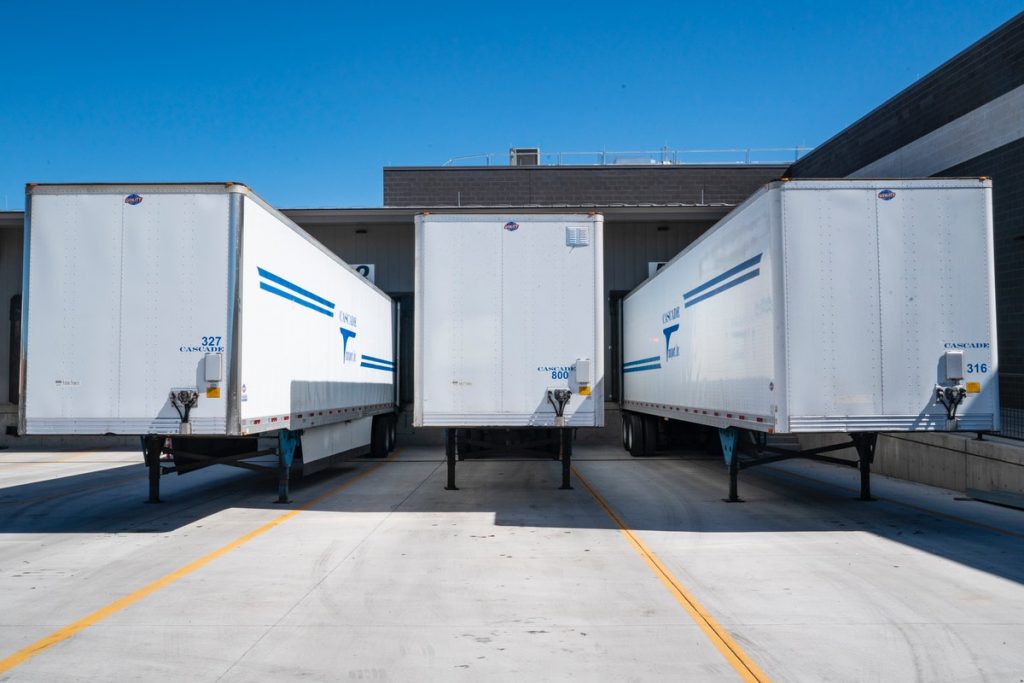When it comes to moving goods and materials, there’s no terrain more difficult than rough terrain. The obstacles and challenges of dealing with this landscape can be daunting for even the most experienced logistics professionals. To succeed in this environment, it’s essential to have a clear understanding of the unique difficulties posed by rough terrain logistics and be prepared to overcome them. Here are six of the biggest challenges you’ll face when dealing with rough terrain:
1. Moving Heavy Loads Becomes a Struggle
Moving heavy loads over rough terrain is a daunting task that requires careful planning and execution. The first challenge is identifying a route that will minimize the risk of damage to the load. Once a route has been selected, the next step is to prepare the equipment and personnel required for the move.
This includes ensuring that the vehicles and workers can safely navigate the terrain and putting any necessary supports or protections for the load in place. Using a forklift can be the best option here. A forklift can help lift heavy items, move them around the warehouse, and even load the containers in the shipping vehicles.
You can look for a new forklift for sale to get the best one. Consider a seller who can offer multiple forklift options to choose the one you like. Using these forklifts will make your and your employees’ life hassle-free. They can move around in rough terrain quickly while lifting heavy weights without causing any damage to the items.
2. Poor Road Conditions Make for a Bumpy Ride
Another challenge posed by rough terrain is the condition of the roads themselves. In many cases, these roads are little more than dirt paths full of potholes and other obstacles. This can make for a bumpy ride, damaging your goods and materials.
Furthermore, it can also make it difficult to get your vehicles to their destination on time. To combat this, you’ll need to invest in better-quality vehicles that can handle the rough conditions. You should also consider using GPS tracking to help you navigate these difficult roads.
3. Inadequate Infrastructure Leads to Delays
One of the biggest challenges facing logistics companies is the lack of adequate infrastructure in many parts of the world. This can lead to delays in the delivery of goods and increased costs.
In many cases, the only way to reach certain areas is by using dirt roads, often in poor condition and difficult to navigate. In addition, bridges and other bridges may be washed away during heavy rains, making it even more difficult to transport goods. As a result, logistics companies must often contend with delays and increased costs due to inadequate infrastructure.

4. The Weather can be a Major Problem
Extreme weather conditions can significantly impact transportation routes and delivery schedules, from flash flooding to severe drought. In addition, the increased frequency of storms and natural disasters has made it more difficult for companies to keep their supply chains running smoothly.
As a result, many logistics companies are investing in new technologies that will help them to better predict and prepare for the effects of the weather. By using data from weather satellites and surface sensors, companies can now track the movements of storms and track changes in the climate with greater accuracy. This information can then be used to plan shipping routes and delivery schedules that will help to avoid disruptions caused by extreme weather conditions.
5. You May Need to Hire Local Help
The landscape is an obstacle, but the lack of infrastructure can make it difficult to find the resources needed to get the job done. In many cases, the only way to successfully navigate rough terrain is to hire local help.
Local workers are familiar with the landscape and can often provide essential resources, like fuel and water. In addition, they can offer valuable insights into the best way to move your goods across the terrain. While hiring local help may not be the easiest option, it is often the best way to ensure a successful journey across rough terrain.
6. You’ll Need a Good Insurance Plan
Whether transporting goods over mountainous terrain or across treacherous deserts, rough terrain logistics can be challenging. Not only do you have to contend with the elements, but you also have to be careful not to damage your cargo. That’s why it’s so important to have a good insurance plan in place. Here are just a few of the things you need to consider when insuring your rough terrain logistics operation:
- The value of your cargo. When insuring your cargo, be sure to include its full value, as well as any cost of repairs or replacement.
- The type of terrain you’ll be traversing. Will, you be crossing mountains, deserts, or another rough terrain? Your insurance plan should take this into account.
- The potential for accidents. No matter how well-prepared you are, accidents can always happen. Make sure your insurance plan covers you in the event of an accident.
Many challenges come with rough terrain logistics, but with careful planning and the right equipment, even the most difficult challenges can be overcome. You can ensure a successful journey across any terrain by investing in new technologies, hiring local help, and having a good insurance plan.

